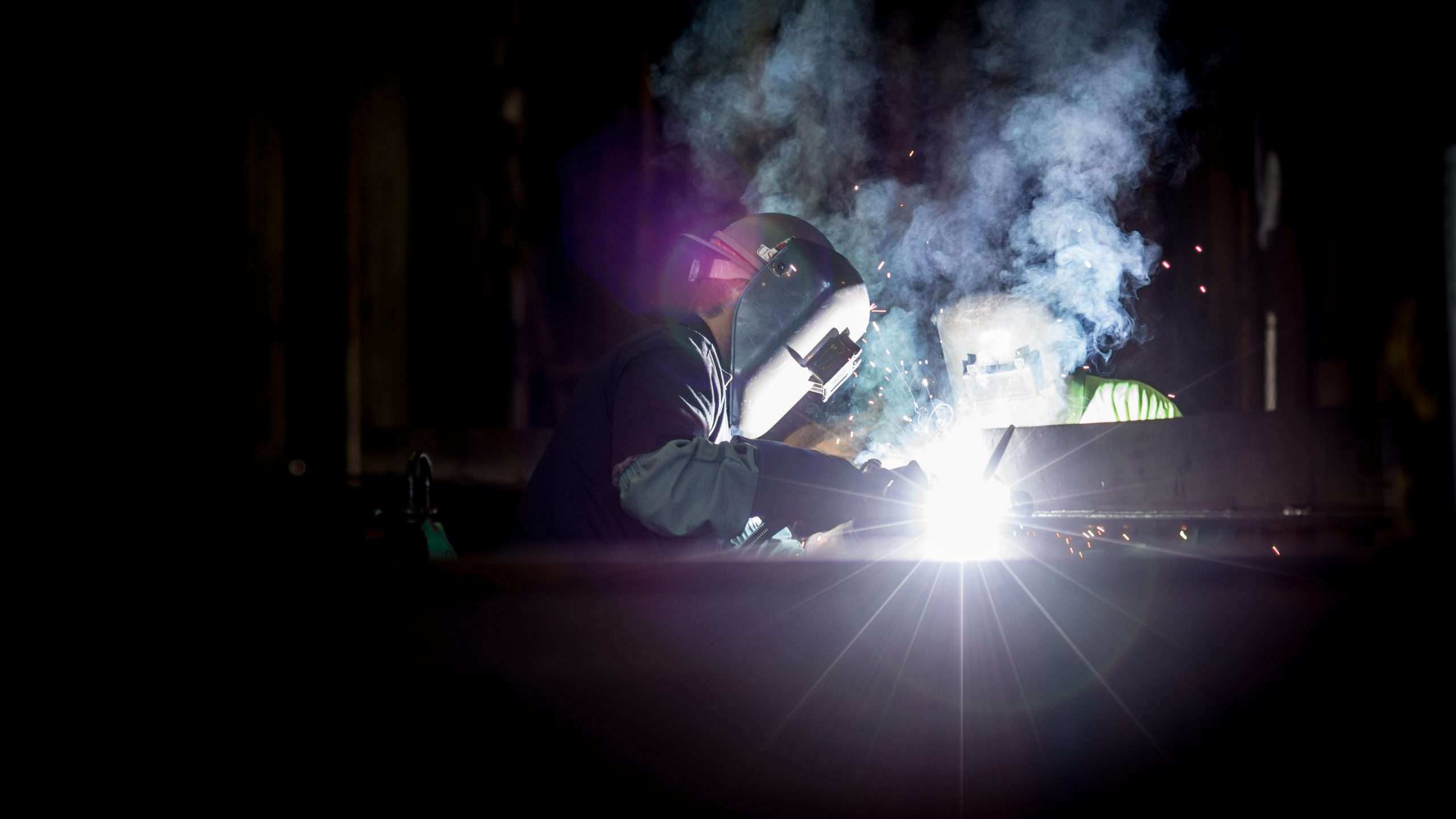
The Internet of Things (IoT) is not just a technological trend; it’s a transformative force reshaping industries worldwide, and public transportation systems are no exception. As cities grow and urban populations increase, the demand for efficient, reliable, and sustainable transit options becomes more pressing. IoT technologies offer innovative solutions to address these challenges, transforming the way people move within and between urban areas. In this comprehensive exploration, we’ll delve deeper into the multifaceted applications of IoT in public transportation, examining emerging trends, success stories, and key considerations shaping the future of urban mobility.
Table of contents:
- Real-Time Vehicle Tracking
- Smart Parking Solutions
- Computer-Aided Dispach Systems
- Automated Toll and Ticketing
- Electric Vehicle (EV) Charging Management
- Case Studies and success stories
- Emerging trends and technologies
- Environmental benefits and sustainability
- Policy and regulatory considerations
- Public engagement and community outreach
- Duckma’s Contribution to IoT in Public Transportation
1. Real-time vehicle tracking
Real-time vehicle tracking is a cornerstone of modern transit systems, providing passengers with up-to-date information about the location and arrival times of buses, trains, and other modes of transportation. IoT-enabled tracking systems utilize GPS technology and wireless communication networks to relay this information to passengers via mobile apps, digital displays, and online platforms. This not only enhances passenger convenience but also enables transit agencies to optimize route planning, improve schedule adherence, and respond swiftly to disruptions such as traffic congestion or accidents. By maximizing the utilization of transit assets and minimizing wait times, real-time vehicle tracking contributes to a more efficient and reliable public transportation network.
2. Smart parking solutions
Parking scarcity is a common challenge in urban areas, leading to congestion, pollution, and wasted time for drivers. IoT-powered smart parking solutions offer a remedy by providing real-time information about available parking spaces, helping drivers locate and reserve spots more efficiently. These solutions leverage sensors, cameras, and connectivity technologies to monitor parking availability and communicate this data to drivers through mobile apps, navigation systems, or electronic signage. By reducing the time spent searching for parking and minimizing traffic congestion, smart parking solutions contribute to smoother traffic flow, improved air quality, and enhanced urban mobility.

3. Computer-aided dispatch systems
Efficient dispatching is essential for the seamless operation of public transportation services, ensuring that vehicles are deployed where and when they are needed most. IoT-driven computer-aided dispatch (CAD) systems optimize routing, scheduling, and resource allocation by leveraging real-time data and predictive analytics. These systems integrate information from various sources, such as vehicle sensors, passenger counts, and traffic conditions, to make data-driven decisions that enhance service reliability and efficiency. By dynamically adjusting routes, optimizing vehicle assignments, and responding proactively to incidents, CAD systems enable transit agencies to deliver a more responsive and customer-centric transportation experience.

4. Automated toll and ticketing
Traditional fare collection methods, such as paper tickets and cash payments, are being replaced by IoT-enabled automated toll and ticketing systems that offer greater convenience, efficiency, and security for passengers and operators alike. These systems utilize technologies such as RFID, NFC, and mobile payment apps to streamline the fare collection process, enabling passengers to pay for their rides quickly and securely. By automating fare validation, reducing transaction times, and minimizing the risk of fare evasion, automated toll and ticketing systems improve revenue collection and operational efficiency for transit agencies. Additionally, these systems provide valuable data insights into passenger travel patterns, helping agencies optimize service planning and resource allocation.

5. Electric vehicle (EV) charging management
The transition to electric vehicles (EVs) is a key strategy for reducing greenhouse gas emissions and promoting sustainable transportation. IoT plays a crucial role in managing EV charging infrastructure efficiently, ensuring that vehicles are charged optimally to meet operational needs while minimizing costs and environmental impact. Smart charging stations equipped with IoT sensors and connectivity capabilities can monitor energy usage, adjust charging schedules based on demand and grid conditions, and integrate with renewable energy sources to maximize sustainability. By facilitating the adoption of EVs in public transportation fleets, IoT-enabled charging management systems contribute to cleaner air, reduced noise pollution, and a more sustainable urban environment.

6. Case studies and success stories
Incorporating real-world examples of cities or transportation agencies that have successfully implemented IoT solutions in their transit systems can provide valuable insights into the practical benefits and challenges of IoT adoption. Highlighting the experiences of cities like Barcelona, which implemented IoT-enabled smart bus stops and parking systems to improve urban mobility, or Singapore, which deployed IoT sensors and analytics to optimize bus routes and reduce congestion, can offer inspiration and guidance for other cities considering similar initiatives.

7. Emerging trends and technologies
Exploring cutting-edge IoT applications and innovations that are reshaping the future of public transportation can provide readers with a glimpse into what lies ahead. Topics such as predictive maintenance for transit vehicles, the integration of IoT with autonomous vehicles, or the use of artificial intelligence to optimize transit operations are ripe for discussion and analysis. By staying abreast of emerging trends and technologies, transit agencies can position themselves at the forefront of innovation and ensure that their systems remain efficient, reliable, and competitive in the years to come.

8. Environmental benefits and sustainability
Providing a deeper analysis of the environmental benefits of IoT-enabled transportation systems can underscore the importance of sustainability in urban mobility. By reducing carbon emissions, mitigating air pollution, and promoting sustainable mobility options such as electric vehicles and alternative fuels, IoT technologies play a vital role in creating cleaner, greener, and more livable cities. Highlighting the environmental impact of IoT initiatives and their contribution to global efforts to combat climate change can help build support for further investment and adoption of IoT solutions in public transportation.

9. Policy and regulatory considerations
Examining the policy and regulatory landscape surrounding IoT deployment in public transportation can shed light on the opportunities and challenges facing transit agencies and policymakers. Topics such as government initiatives, funding programs, and regulatory frameworks that support the adoption of IoT technologies, as well as challenges related to interoperability, data governance, and liability, are worthy of exploration. By addressing these considerations upfront and engaging with stakeholders to develop clear guidelines and standards, transit agencies can navigate the complex regulatory environment more effectively and ensure the successful implementation of IoT initiatives.

10. Public Engagement and Community Outreach
Highlighting the importance of public engagement and community outreach in the design and implementation of IoT-enabled transportation projects can emphasize the need for transparency, collaboration, and stakeholder involvement. Strategies for involving stakeholders, gathering feedback, and building trust among passengers and residents can be discussed, along with examples of successful community engagement efforts from around the world. By actively involving the public in decision-making processes and soliciting their input and feedback, transit agencies can ensure that IoT initiatives reflect the needs and priorities of the communities they serve and garner support for their implementation.
By incorporating these additional topics and expanding the scope of your exploration, you can provide readers with a more comprehensive understanding of how IoT is revolutionizing public transportation and shaping the future of urban mobility. From real-world case studies and emerging trends to environmental benefits and policy considerations, there are myriad avenues to explore that can enrich your analysis and offer valuable insights into the transformative potential of IoT in public transportation.

11. Duckma’s Contribution to IoT in Public Transportation
As a leading provider of IoT solutions, Duckma has been at the forefront of revolutionizing public transportation systems worldwide. With a focus on innovation, reliability, and sustainability, Duckma has developed cutting-edge IoT technologies tailored to the unique needs of transit agencies and urban mobility providers.
One of Duckma’s flagship offerings is its real-time vehicle tracking system, which leverages advanced GPS technology and wireless connectivity to provide passengers with accurate information about the location and arrival times of buses, trains, and other modes of transportation. By partnering with transit agencies to deploy this solution, Duckma has helped improve passenger experience, reduce wait times, and optimize route planning, ultimately enhancing the efficiency and reliability of public transportation networks.
In addition to real-time vehicle tracking, Duckma has also developed smart parking solutions designed to alleviate parking congestion and improve urban mobility. By integrating sensors, cameras, and connectivity technologies, Duckma’s smart parking systems enable drivers to quickly locate and reserve parking spaces, reducing traffic congestion and enhancing the overall flow of urban transportation.
Furthermore, Duckma is committed to promoting sustainability in public transportation through its electric vehicle (EV) charging management solutions. By leveraging IoT sensors and analytics, Duckma helps transit agencies optimize EV charging infrastructure, maximize the use of renewable energy sources, and reduce carbon emissions, contributing to a cleaner and greener urban environment.
Through its innovative IoT solutions and commitment to excellence, Duckma continues to play a pivotal role in transforming public transportation into a more efficient, reliable, and sustainable mode of mobility. By partnering with transit agencies and urban mobility providers, Duckma is shaping the future of urban transportation and paving the way for smarter, more connected cities.
In conclusion, Duckma’s contributions to IoT in public transportation exemplify the transformative potential of technology in shaping the future of urban mobility. By leveraging real-time data, advanced analytics, and intelligent automation, Duckma is helping transit agencies optimize operations, improve passenger experience, and build more sustainable transportation networks for the cities of tomorrow.


